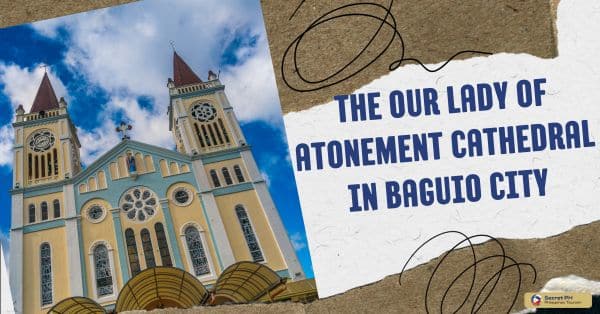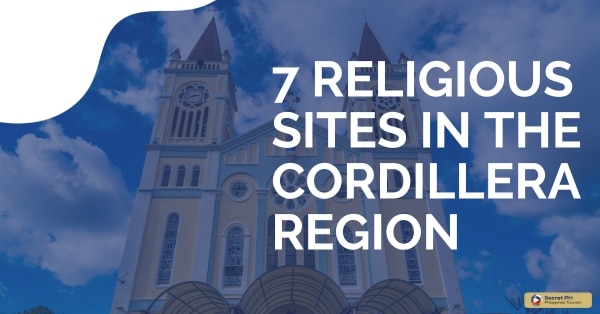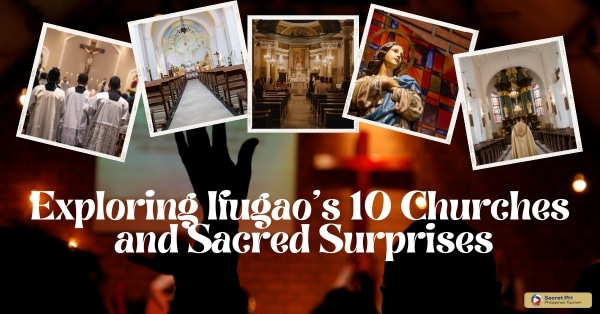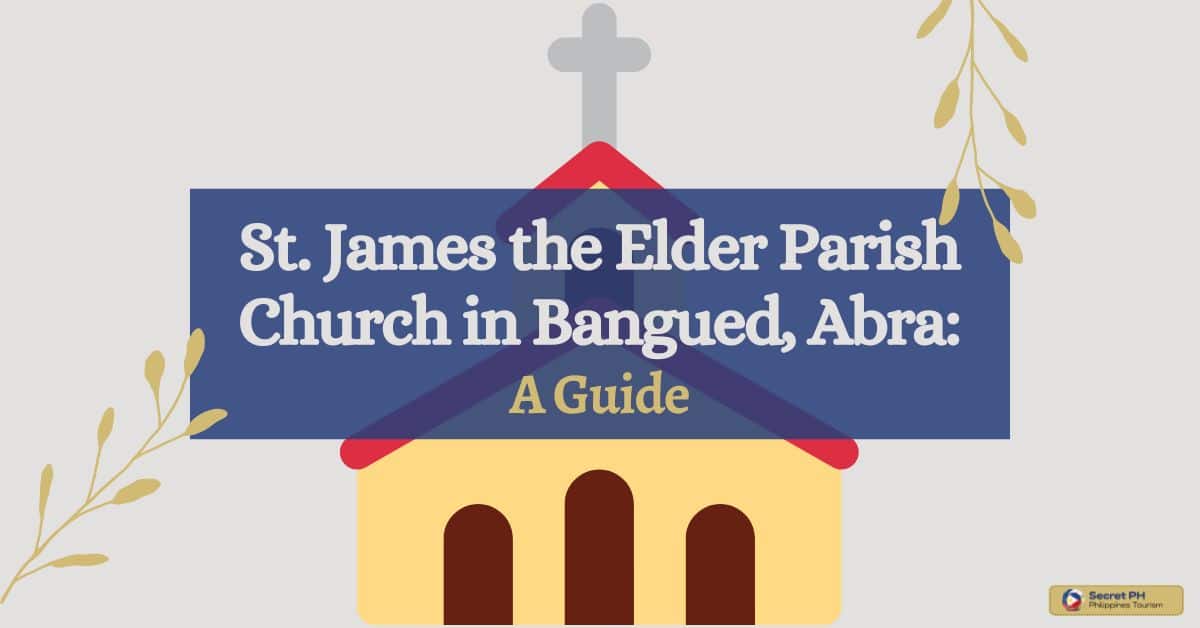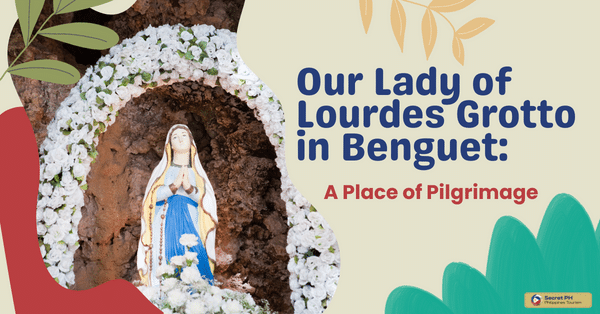Visiting religious sites in the Philippines is an unforgettable experience. When visiting, it is important to show respect and humility.
Visitors should refrain from taking photos unless permitted and remain quiet out of consideration for any ceremonies that may be taking place. Additionally, some sacred sites may require visitors to remove their shoes or cover their heads; these customs should be respected at all times.
Before you embark on your journey, though, take a moment to review this list of top 10 tips for visiting religious sites in the Philippines.
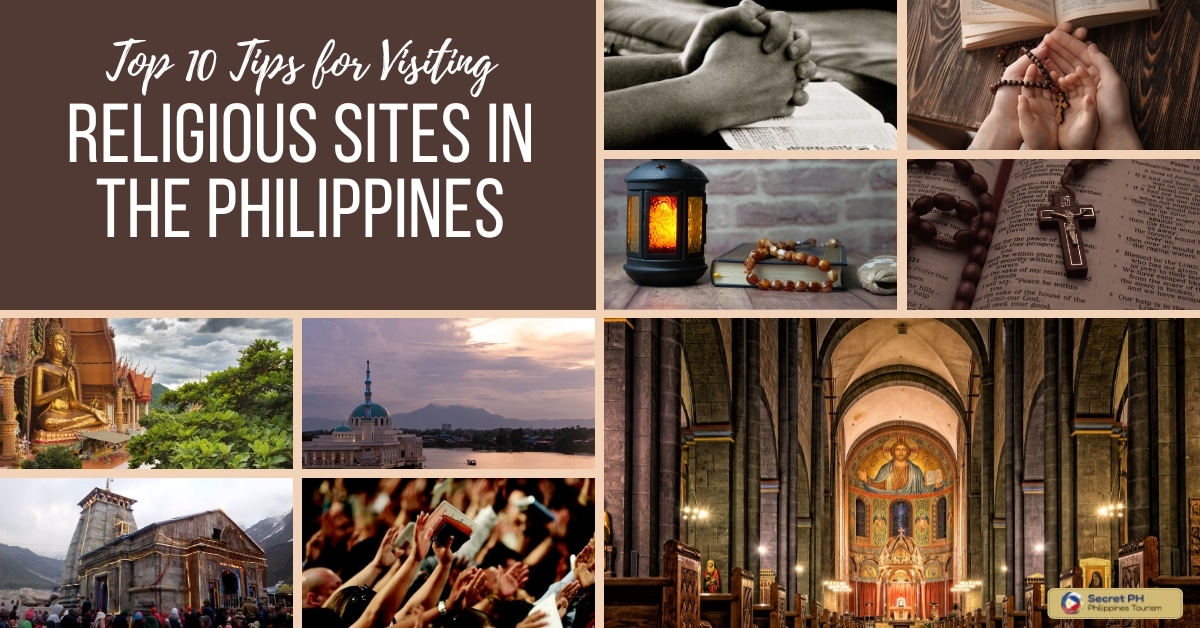
What are the Religious Sites in the Philippines?
- Catholic churches: The Philippines is predominantly Catholic, and there are many beautiful churches throughout the country, such as the Basilica del Santo Niño in Cebu, the Minor Basilica of the Black Nazarene in Manila, and the San Agustin Church in Intramuros.
- Mosques: The Philippines has a significant Muslim population, particularly on the southern island of Mindanao. Visitors can visit historic and beautiful mosques such as the Golden Mosque in Manila and the Grand Mosque in Cotabato City.
- Buddhist temples: Buddhism has a long history in the Philippines and there are many Buddhist temples throughout the country, such as the Fo Guang Shan Mabuhay Temple in Manila and the Tzu Chi Great Love Campus in Cebu.
- Hindu temples: There are also small Hindu communities in the Philippines and temples such as Sri Raja Rajeswary Temple in Batangas and Sri Mariamman Temple in Manila.
- Indigenous religious sites: The Philippines also has a rich tradition of indigenous religions, and visitors can visit sacred sites such as the Apo Whang Od’s Kalinga Tattoo Studio in Buscalan, Kalinga, and the Kamay ni Hesus in Lucban, Quezon.
These are some examples of the religious sites in the Philippines, where visitors can learn about the religious beliefs and practices of the local communities, admire the architecture and art of the religious buildings, and immerse themselves in the local culture.
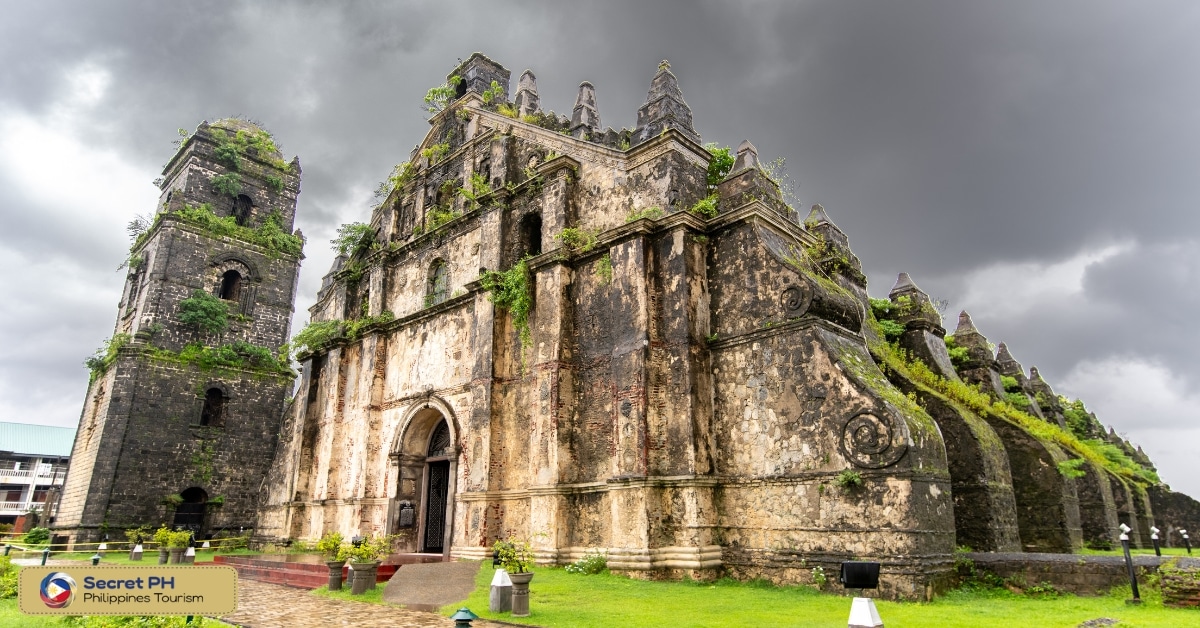
Importance of Showing Respect and Humility when Visiting a Sacred Space
Showing respect and humility when visiting a sacred space is an important aspect of visiting religious sites in the Philippines. Religious sites are often considered sacred by the local community and are deeply connected to the community’s culture, beliefs, and practices.
Visitors should be respectful of the local customs and traditions, and avoid behavior that may be considered disrespectful or offensive. They should also be prepared to remove shoes or cover their head before entering sacred spaces as a sign of respect and humility.
Additionally, visitors should be respectful of any rituals or ceremonies that may be taking place and avoid disrupting them. They should also be mindful of any cultural taboos or customs that may be specific to the local community.
By showing respect and humility when visiting a sacred space, visitors can show respect for the local community’s culture, beliefs, and practices. This can help visitors to have a more meaningful and enjoyable visit and also help to foster cultural understanding and appreciation.
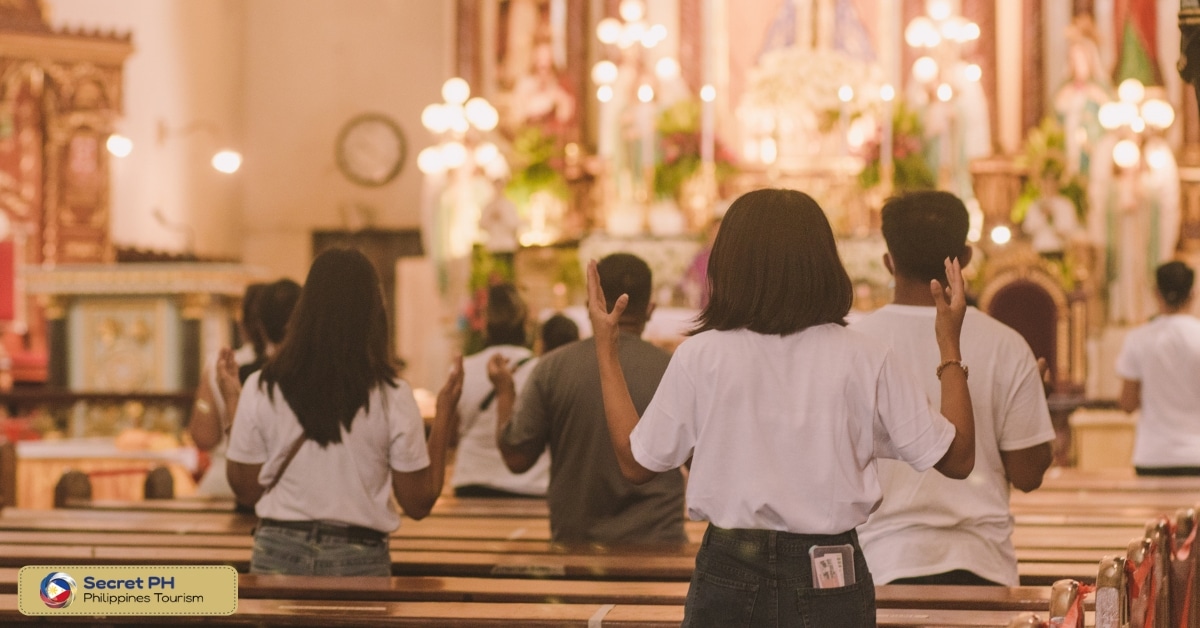
Top 10 Tips for Visiting Religious Sites in the Philippines
1. Respect the local customs and traditions
Respecting the local customs and traditions is a key aspect of visiting religious sites in the Philippines. The Philippines is a deeply religious country, with a strong presence of Christianity, Islam, and indigenous religions. Each religious site has its own customs and traditions that visitors should be aware of and respect.
For example, when visiting a Catholic church, it is customary to remove shoes before entering the church and to dress modestly. Visitors should also be mindful of the schedule of mass or other ceremonies and avoid visiting during these times if possible.
When visiting Muslim or indigenous religious sites, visitors should be mindful of the dress code and may be required to wear a head covering or to remove shoes before entering the sacred space. Visitors should also be respectful of any rituals or ceremonies that may be taking place and avoid disrupting them.
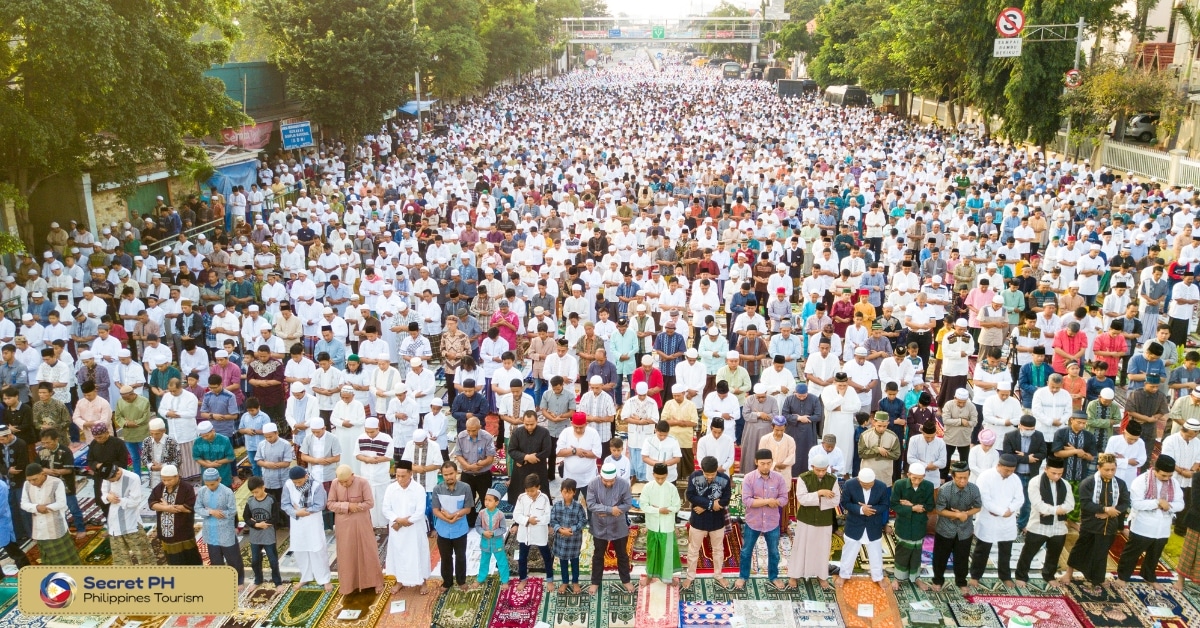
2. Dress modestly
Visitors should be aware that modest dress is expected and that revealing clothing is generally not appropriate.
When visiting Catholic churches, it is customary for women to cover their shoulders and for both men and women to avoid wearing shorts or revealing tops. Visitors should also be mindful of the schedule of mass or other ceremonies and avoid visiting during these times if possible.
When visiting Muslim or indigenous religious sites, visitors should be mindful of the dress code and may be required to wear a head covering or to remove shoes before entering the sacred space. Women are often expected to cover their heads and wear long, loose clothing that covers their arms and legs. Men should also dress modestly, avoiding shorts or revealing clothing.
It’s important to note that in the Philippines, dress codes can vary depending on the region or community. It’s always best to check with the local authorities or community leaders for guidance on an appropriate dress before visiting a religious site.

3. Be mindful of photography guidelines
When visiting religious sites in the Philippines, it’s important to be mindful of the photography guidelines. Many religious sites have specific rules and regulations regarding photography, and visitors should be aware of these before taking pictures.
For example, some churches and mosques prohibit flash photography or photography during religious services or ceremonies. Other sites may have designated areas where photography is allowed, and visitors should be aware of these areas and not take pictures outside of them.
Additionally, it’s important to be respectful when taking photographs and not take pictures of people without their permission. It is also important to be mindful of cultural sensitivity when taking photographs of sacred objects or artifacts, as some communities may consider them sacred and therefore off-limits for photography.
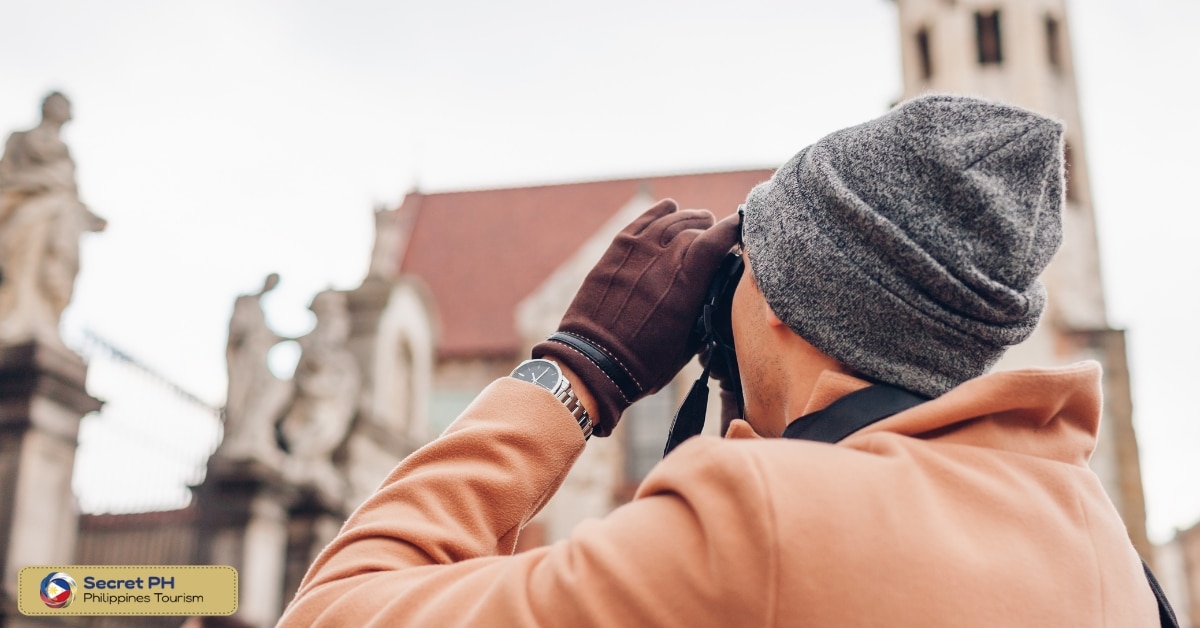
4. Learn about the history and significance of the site
Each religious site has its own unique history and significance that visitors should be aware of in order to fully appreciate and understand the site.
For example, when visiting a Catholic church, visitors should learn about the history of the church and the role it has played in the local community. Visitors may also want to learn about the history of Catholicism in the Philippines and how it has influenced the local culture.
When visiting Muslim or indigenous religious sites, visitors should learn about the history of Islam or the indigenous religion in the Philippines, and the role the site has played in the community.
Visitors can learn about the history and significance of a religious site by reading informational signs or brochures on-site, talking to local guides or community leaders, or researching the site online before visiting.
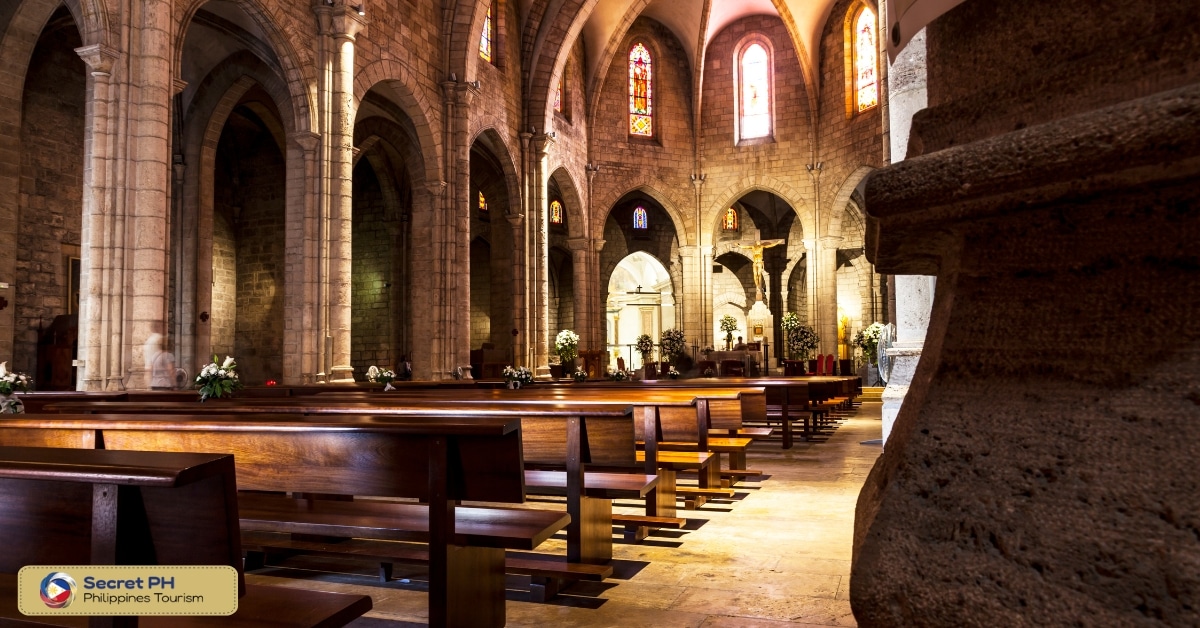
5. Be aware of peak visiting times and plan accordingly
Many religious sites can get very busy during certain times of the day, week or year, and visitors should plan their visit accordingly to avoid crowds and long wait times.
For example, many Catholic churches in the Philippines are busiest on Sundays, when mass is held, and during major religious holidays such as Christmas and Easter. Visitors may want to plan their visit for a different day or time to avoid crowds.
When visiting Muslim or indigenous religious sites, visitors should be aware of any religious holidays or ceremonies that may be taking place, which could attract large numbers of visitors.
Visitors can check the schedule of mass or ceremony in advance, or ask the local authorities or community leaders for guidance on when the best time to visit is. They can also plan their visit during the less busy hours of the day, such as an early morning or late afternoon.
By being aware of peak visiting times and planning accordingly, visitors can have a more pleasant and enjoyable visit, with fewer crowds and shorter wait times.
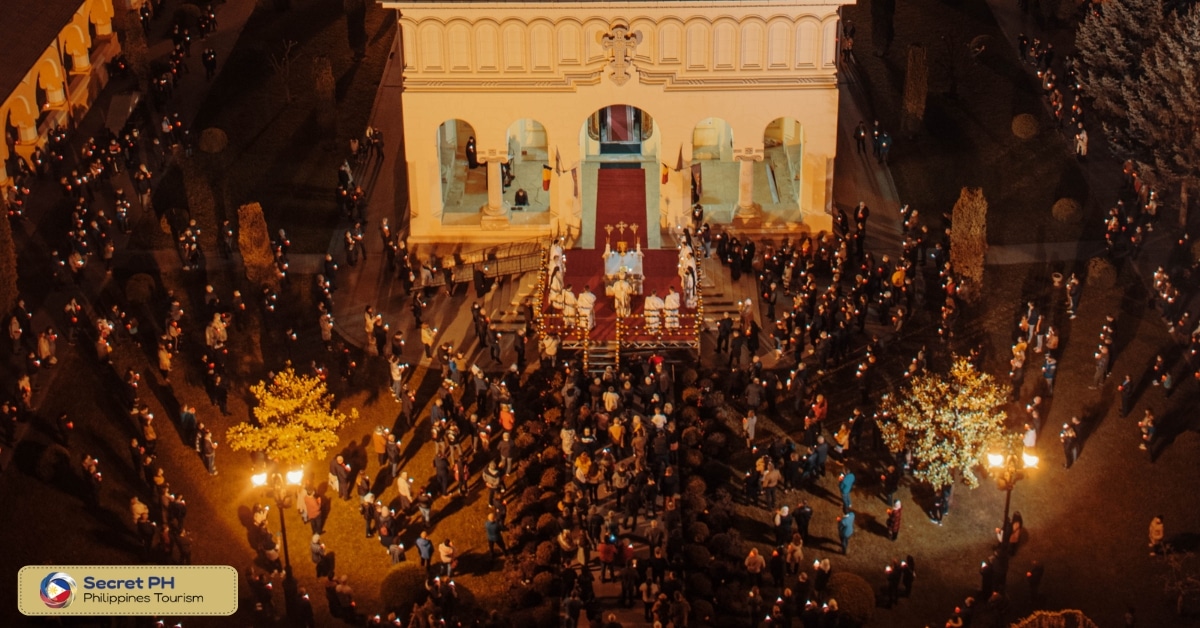
6. Be mindful of the schedule of mass or ceremony
Many Catholic churches in the Philippines hold mass on Sundays and on major religious holidays such as Christmas and Easter. Visitors should be aware of these times and avoid visiting during mass or other religious services.
Similarly, in mosques, Friday prayers are the most important prayers of the week, and can be very busy during this time. Visitors should be aware of the schedule of Friday prayers and avoid visiting during this time if possible.
It’s also important to be respectful during mass or ceremony and avoid disrupting the service or ceremony. Visitors should also be aware of any customs or traditions that may be specific to the site or community and respect them.
By being mindful of the schedule of mass or ceremony, visitors can have a more pleasant and enjoyable visit and avoid disrupting the religious services of the community.
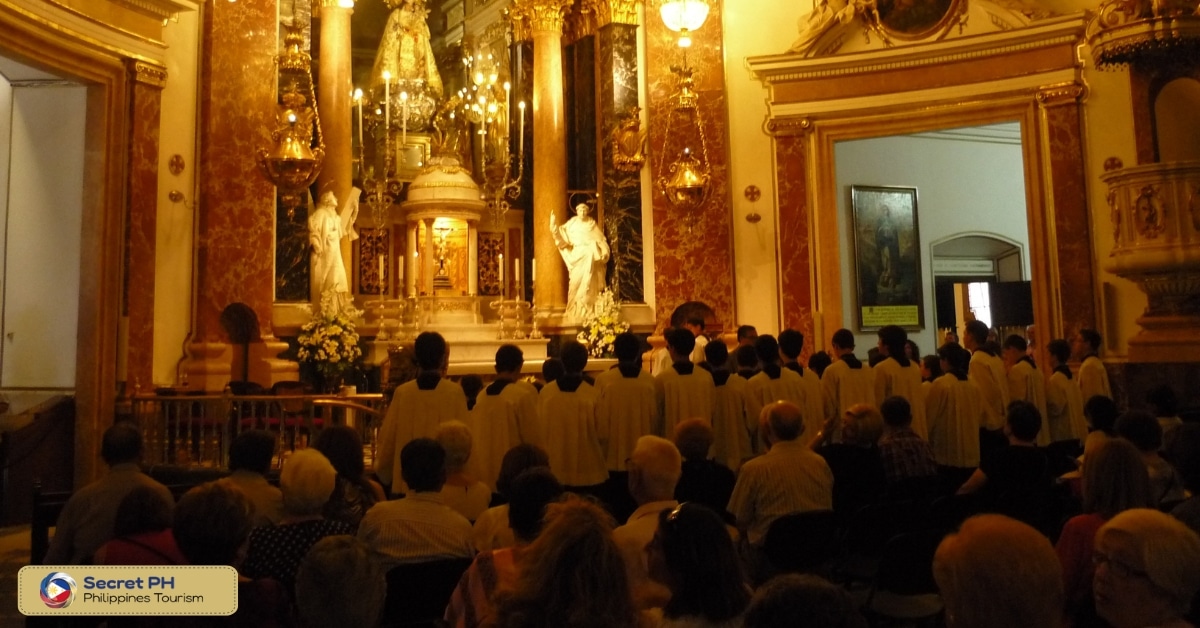
7. Learn about the religious beliefs and practices of the local community
The Philippines is a deeply religious country, with a strong presence of Christianity, Islam, and indigenous religions, and visitors should be aware of these religions and their practices to fully appreciate and understand the religious sites they visit.
For example, when visiting a Catholic church, visitors should learn about the beliefs and practices of Catholicism, such as the sacraments, the role of the priest, and the significance of religious icons and statues.
When visiting Muslim or indigenous religious sites, visitors should learn about the beliefs and practices of Islam or the indigenous religion, such as the Five Pillars of Islam, or the spiritual practices and beliefs of the indigenous community.
Visitors can learn about the religious beliefs and practices of the local community by reading informational signs or brochures on-site, talking to local guides or community leaders, or researching the religion or community online before visiting.
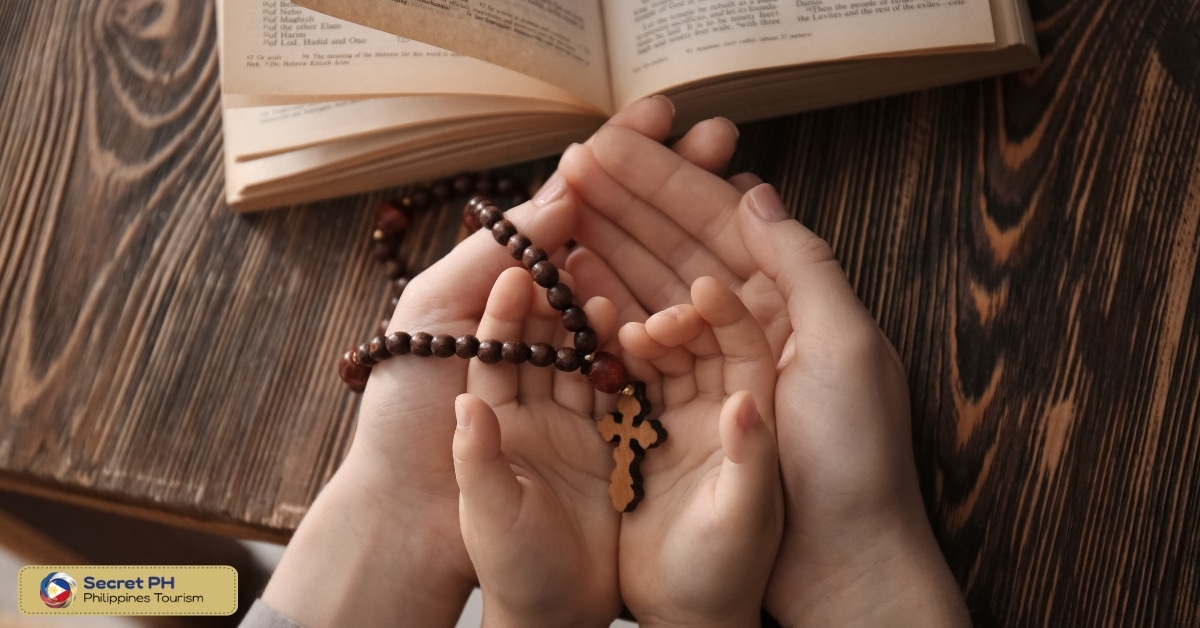
8. Be aware of and avoid culturally insensitive behavior
Visitors should be respectful of the local customs, traditions, and beliefs and avoid behavior that may be considered disrespectful or offensive.
For example, when visiting a Catholic church, visitors should remove their shoes before entering the church and dress modestly. They should also be mindful of the schedule of mass or other ceremonies and avoid visiting during these times if possible.
When visiting Muslim or indigenous religious sites, visitors should be mindful of the dress code and may be required to wear a head covering or to remove shoes before entering the sacred space. Visitors should also be respectful of any rituals or ceremonies that may be taking place and avoid disrupting them.
It’s also important to be aware of any cultural taboos or customs that may be specific to the local community. For example, in some indigenous communities, it may be considered disrespectful to take photographs of sacred objects or artifacts.
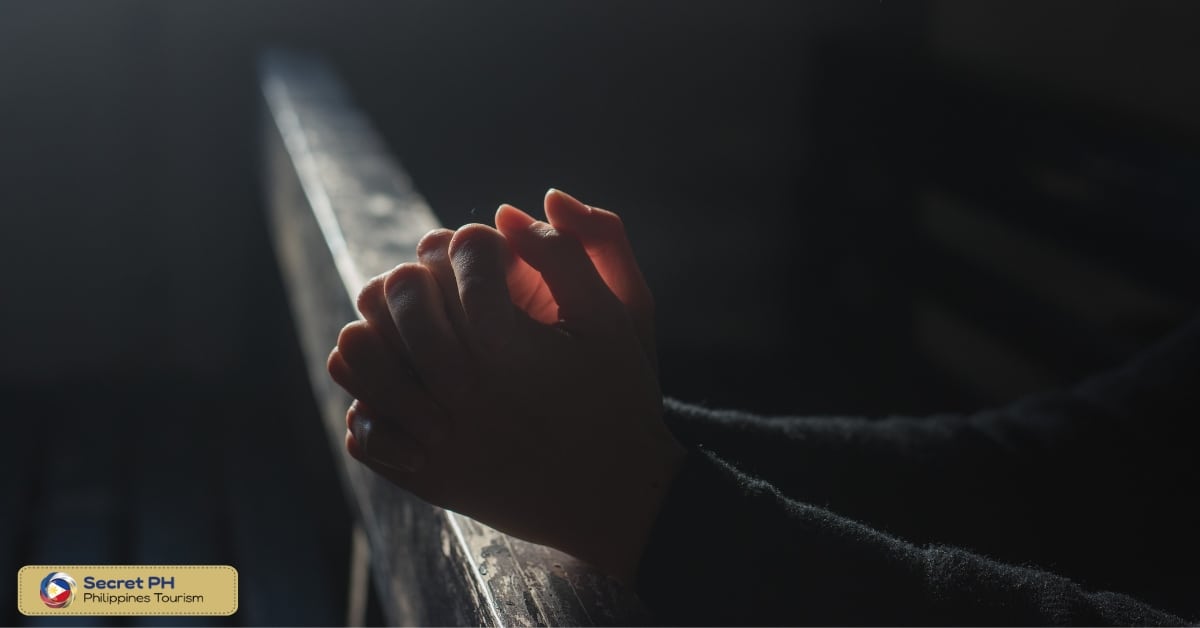
9. Be prepared to remove shoes or cover your head before entering sacred spaces
Visiting places of worship is an important part of honoring culture and its traditions. Before entering a sacred space, it is important to show respect for their customs.
Depending on the religion, you may need to remove your shoes or cover your head as you enter the space. This gesture serves as a signal that you are there to pay your respects and not disrupt the sanctity of the place.
Additionally, it is important to be respectful of any religious ceremonies that may be taking place when you visit. You should refrain from talking or making loud noises, as this could distract from the worshippers’ experience.
Dressing appropriately for these sacred spaces is also essential; usually, this involves modest clothing, and some places may require women to cover their heads.
If you’re unsure what is expected upon entering any religious space, ask someone who looks like they are in charge or familiar with the customs of the place. Ultimately, by being mindful and respectful when visiting sacred spaces, you will show your respect for different cultures and traditions.

10. Show humility and reverence when visiting sacred spaces
Visiting sacred places in the Philippines is an important part of understanding Filipino culture and its traditions. If you are traveling to the Philippines, it is essential to show humility and reverence when visiting a sacred space.
Some religious sites may require that visitors remove their shoes before entering or that they cover their heads while inside. These customs should be respected at all times.
Additionally, visitors should remain quiet and refrain from taking photos unless the space permits it. It is also important to be respectful of any religious ceremonies that may be taking place when you visit.
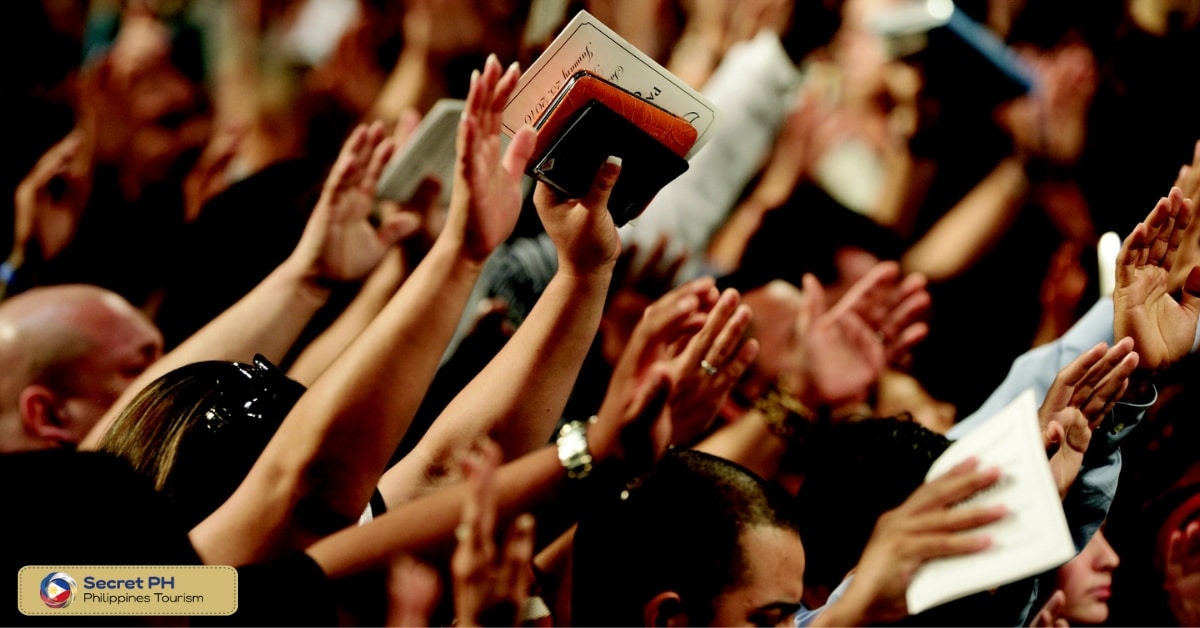
In conclusion
Visiting religious sites in the Philippines is a truly wonderful and enlightening experience. Seeing firsthand the wonders of these ancient cultural edifices will give you insight into a nation’s past and deepen your appreciation for its current landscape.
Of course, there are several things to keep in mind before visiting any religious site, as outlined in our top 10 tips. Following these guidelines will ensure not only respectful conduct inside the site but also a memorable visit that you’ll be sure to cherish for years to come.
In short, if you plan to visit religious sites in the Philippines – whether it’s out of scholarly interest, cultural admiration or spiritual growth – prepare yourself carefully and you can look forward to an educational and awe-inspiring journey.

